 Skip to content
Skip to content
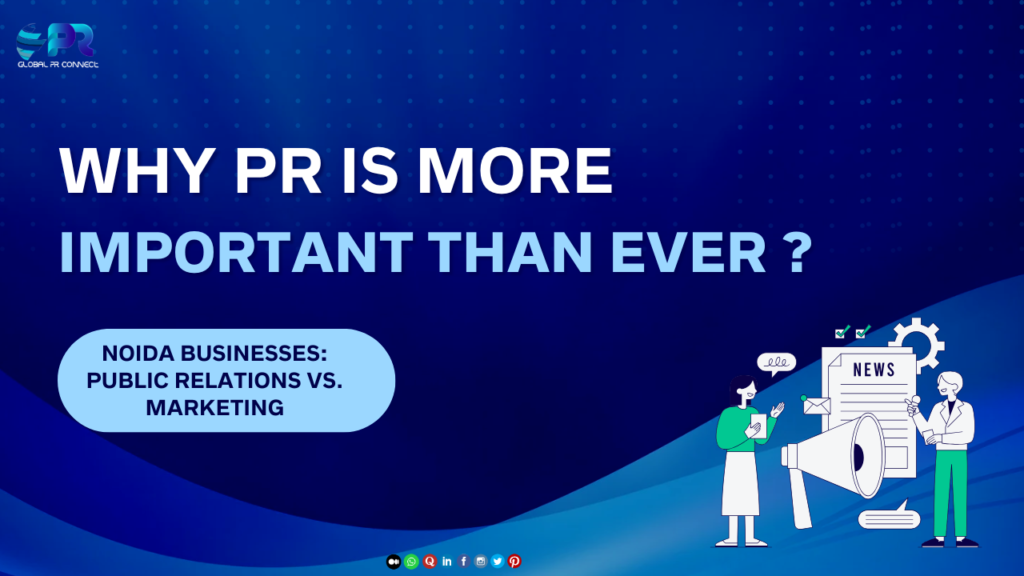
Noida Businesses: Public Relations vs. Marketing – Why PR is More Important Than Ever
November 26, 2024

2 Powerful Ways How GPRC Enhances Your Brand Image: From Media Coverage to Online Presence
November 25, 2024

Why GPRC is the Best Choice for PR in 2024: A Future-Forward Agency
November 25, 2024

Mastering the Art of PR: Unleashing Powerful Strategies to Empower Startups for Unstoppable Growth in 2024
November 25, 2024
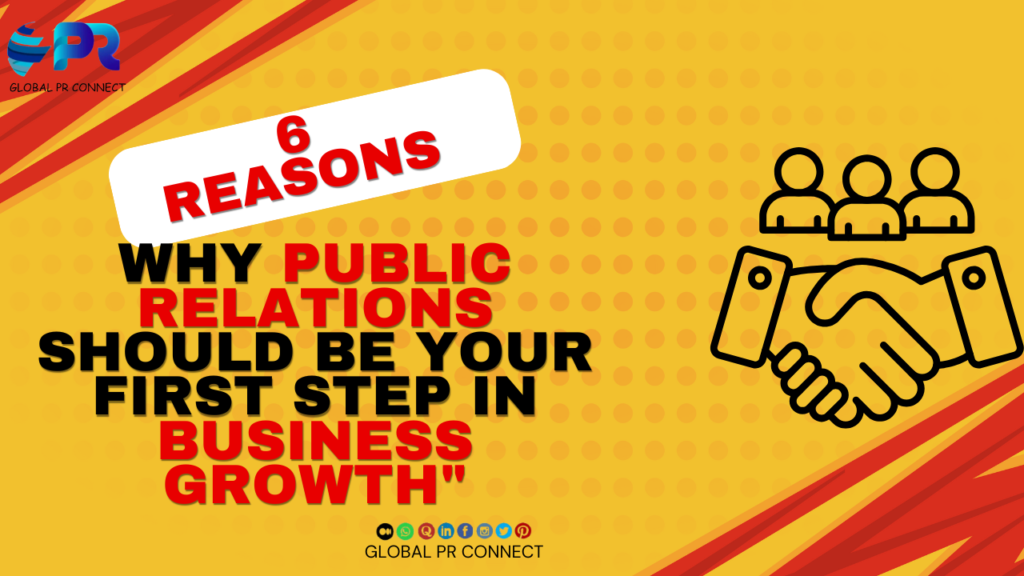
Global PR Connect: 6 Reasons Why Public Relations Should Be Your First Step in Business Growth
November 22, 2024

How GPRC is Helping Startups Use Digital PR to Dominate Their Niche
November 22, 2024

Proven Strategies to Create Irresistible PR Campaigns That Skyrocket Brand Loyalty for Startups in 2024
November 22, 2024

From Press Releases to ChatGPT: The Emergence of Generative AI into Modern PR Campaigns
November 22, 2024
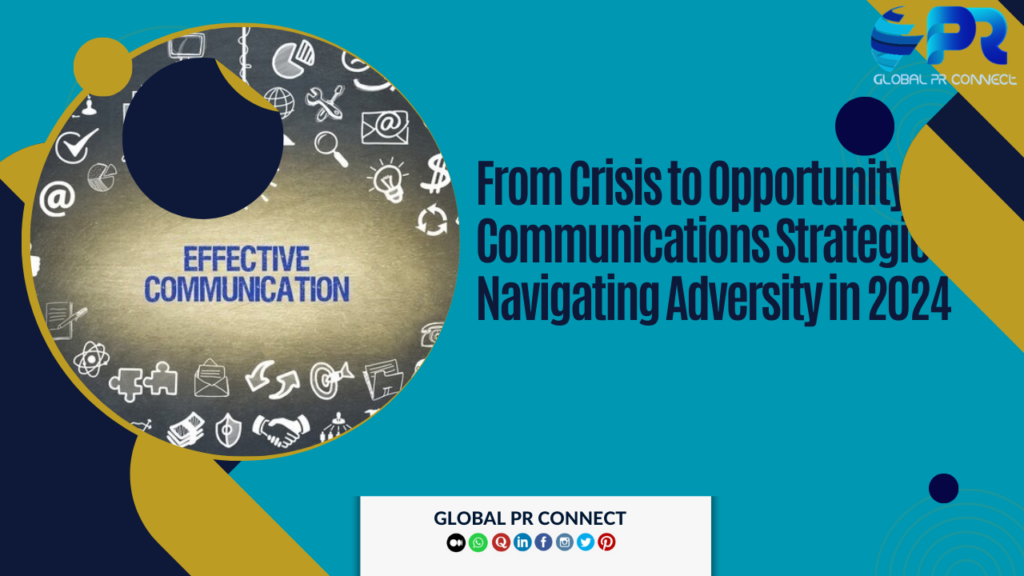
From Crisis to Opportunity: Communications Strategies for Navigating Adversity in 2024
November 21, 2024

Is AI the Future of PR? How Bots and Data Are Shaping Storytelling in 2024
November 21, 2024
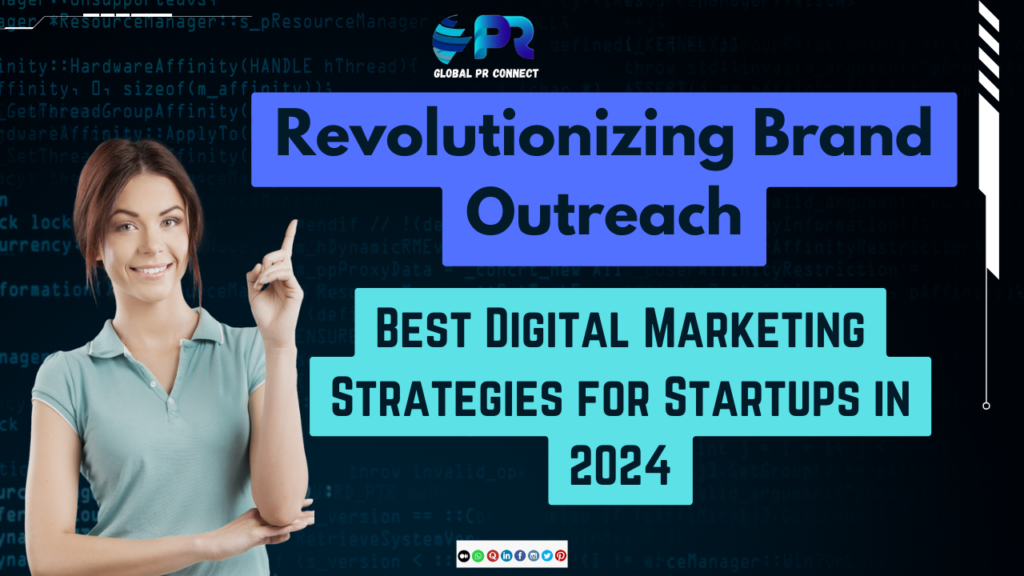
Revolutionizing Brand Outreach: Best Digital Marketing Strategies for Startups in 2024
November 21, 2024
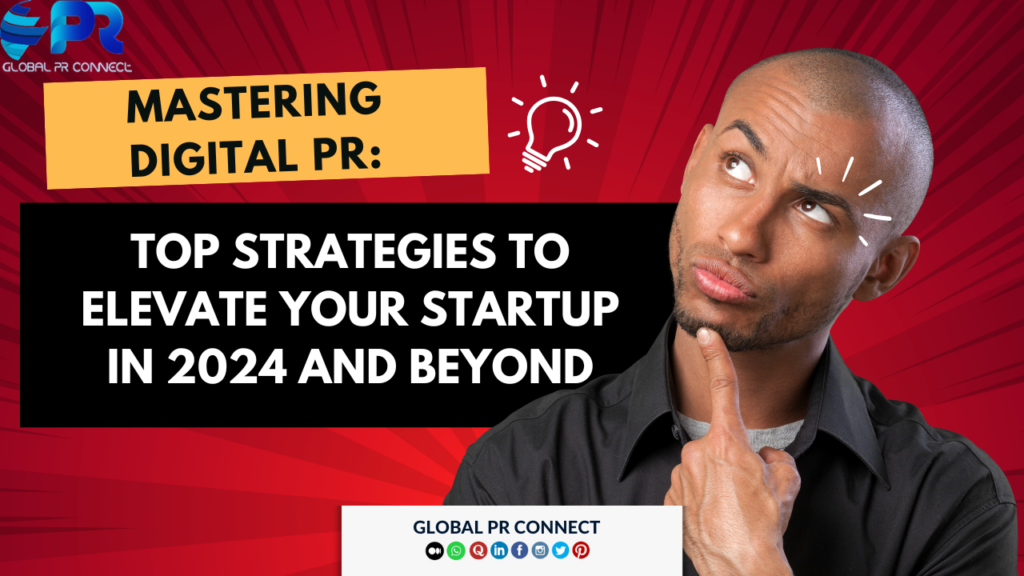
Mastering Digital PR: Top Strategies to Elevate Your Startup in 2024 and Beyond
November 20, 2024
 BLOGS
BLOGS 











 Skip to content
Skip to content